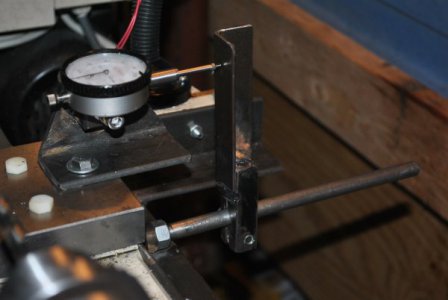Like Rust Rescue says. Trying to machine just a skim is a pain. You had 0.150" of diameter to work with. Use your early cuts to sort out the speeds and feeds. Get it down to about 1.380". Measure, divide the remainder by 3 (it will be about 0.010" each) - so take that 0.010" cut (don't even retract the tool, just crank the carriage back pretty quick - lathe still running - don't worry about the scratch - you'll take that off in the next cut). Shut the lathe off, measure and go in half the remainder (which ought to be about 0.010" - but maybe a bit different - that's fine). Make the cut with your established speed/feed - again, crank the carriage back quick, lathe still running. Shut off and measure. Advance the tool to your target diameter (allow what ever you want for polishing - say 0.001"). Make the final cut, retract the tool before cranking the carriage back.
This will manage the spring and give the tool enough to get a nice bite, even with a little lathe. Of course if the lathe is solid and the work piece can handle it - you can take the same approach with heavier cuts.
If you loose track of your spring and are trying to start from just picking up the diameter - like you were, start with very small in-feed (like zero) - until you can figure out where you are at.


